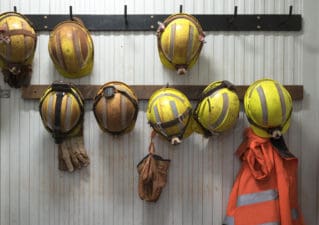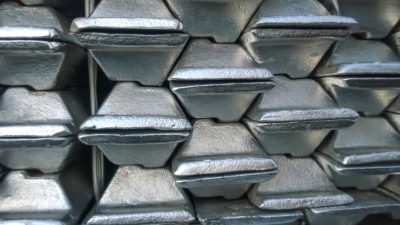The March 3, 2017, export ban of metallic mineral concentrates by Tanzania has indeed caused turmoil on the stock price of London-listed Acacia Mining Plc, Tanzania’s biggest gold producer and a subsidiary of Barrick Gold Corp. (TSX:ABX)(NYSE:ABX).
The Tanzanian government, like many other African countries, is insisting on local mineral value addition to improve local employment creation, value creation, technology, and skills transfer into the host country. The East-African nation wants more of the economic pie.
How is the ensuing economic battle likely to evolve, and how concerned should Barrick investors be?
Barrick has a 63.9% stake in Acacia Mining. Acacia is losing about US$1 million a day due to the impasse. About 30% of Acacia’s revenues are at risk, and engagement with the government hasn’t yielded anything yet.
However, Barrick emphasizes that the production affected only represents 2-3% of its total 2016 revenues.
The ban has brought about an opportunity cost to Barrick that is not yet clearly measurable. Barrick was going through negotiations with Endeavour Mining Corp. with the intent to offload its majority stake in Acacia Mining and become a minority shareholder in the Tanzanian mining giant.
The government ban has already scuttled the talks.
What’s likely to happen next?
The mineral concentrate ban is on the instigation of Tanzania’s president John Magufuli, who has been calling for the construction of more gold smelters in the African country. The man is a tough character, nicknamed “The Bulldozer.” He will likely not easily budge.
Acacia already knows this and has offered to partner with the government in a new study to assess the economic potential of constructing a smelter in Tanzania that’s capable of processing the concentrates.
There was a feasibility study on the potential of building such a smelter in Tanzania conducted by the government in 2011; the study concluded that it was not economically viable to go that route. The report cited many critical issues, including lack of required minimum concentrate supply capacity and high energy costs which would make the exercise noncompetitive to Chinese and Japanese facilities currently offering the service.
Tanzania could therefore be forcing a commitment from Acacia towards some meaningful local value addition, and Acacia will end up constructing at least a partial processing plant in Tanzania.
Set-up costs for a concentrate-processing facility were estimated in the range of US$500-800 million in 2011. Most new copper concentrate smelters in the world are heavily supported by local governments directly or indirectly through tariffs and tax credits.
I foresee an eventual partnership between Acacia and the Tanzanian government on a joint smelter project.
However, Tanzania currently lacks the power-generating capacity to meet the smelter’s high power demand. Building a new power plant and all other modalities will take a lot of time.
Will the government continue suppressing Acacia exports for all those years, especially considering that Acacia production is about 2% of Tanzania gross domestic product?
That’s not so likely.
Acacia may be allowed a window to resume concentrates exports while working on a partial processing facility. The company hasn’t stopped stock-piling the concentrates yet, so the impact on 2017 revenues may end up being minimal.
For Barrick, the impact is significantly diluted for now.




